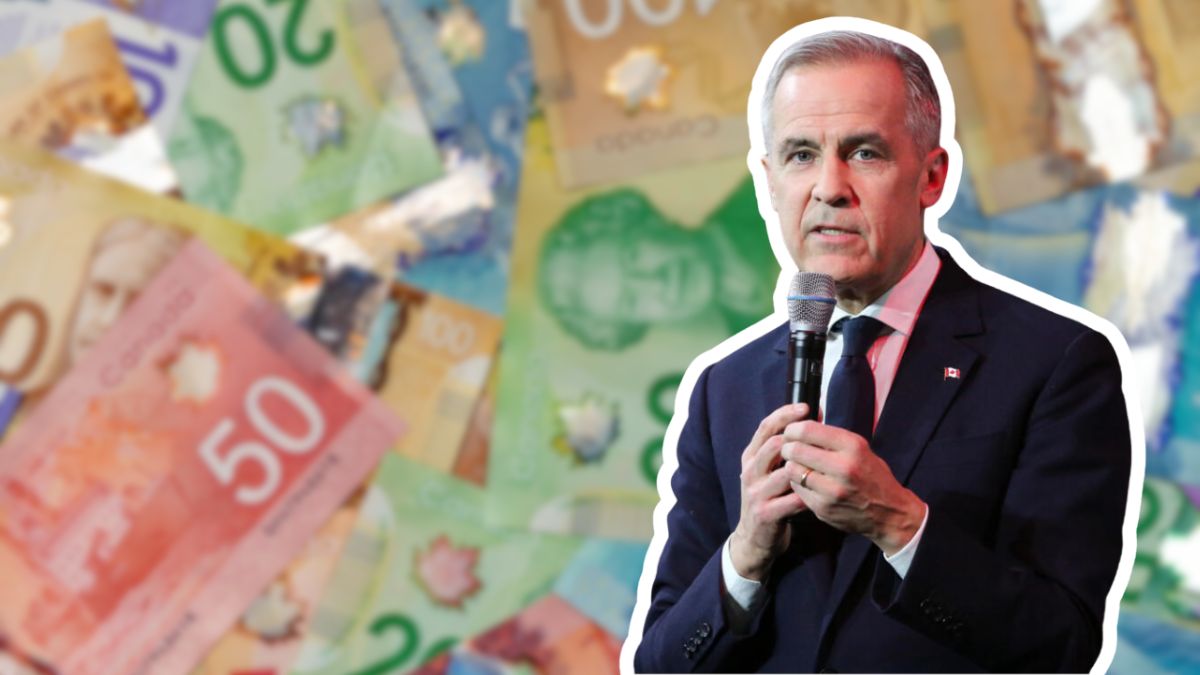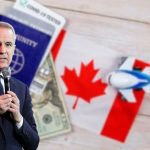Millions of Canadian households are now receiving bigger climate payments in their bank accounts as part of the Canada Carbon Rebate (CCR) 2025. Designed to offset the rising cost of carbon pricing, the rebate provides quarterly deposits directly to individuals and families, with amounts adjusted for both inflation and regional differences in energy use.
For many Canadians, these payments are more than just financial relief—they’re proof that environmental policy can align with household affordability. Families in provinces like Alberta, Saskatchewan, and Ontario are already seeing significant quarterly credits, while those in rural areas qualify for an additional 20% rural supplement.
This in-depth report breaks down the new rebate system, payment schedules, provincial amounts, eligibility rules, and why this program has become a cornerstone of Canada’s climate and cost-of-living strategy.
Reforms – What Changed in 2025?
The federal government introduced several important updates to the rebate this year. The goal is to keep the program fair, transparent, and effective, while ensuring households don’t shoulder the full cost of climate policy.
Key highlights of the 2025 changes include:
- Larger quarterly payments for every household size.
- Automatic deposits—no need to apply separately.
- Eligibility linked to your 2024 tax return.
- Rebate rates tied to the new carbon price of \$95 per tonne (effective April 2025).
- A 20% rural top-up, applied automatically for postal codes outside major urban centres.
These changes reflect a continued balance between climate responsibility and economic fairness, especially at a time when fuel and energy bills are climbing.
Payments – How Much Will You Receive?
As of July 2025, Canadians living in participating provinces are receiving enhanced Canada Carbon Rebate payments. The amount depends on three factors: your province of residence, your household size, and whether you qualify for the rural supplement.
Here’s a provincial breakdown for July 2025:
| Province | Individual | Couple | Family of 4 | Rural Supplement |
|---|---|---|---|---|
| Alberta | \$140 | \$210 | \$280 | +20% |
| Ontario | \$110 | \$165 | \$220 | +20% |
| Manitoba | \$120 | \$180 | \$240 | +20% |
| Saskatchewan | \$130 | \$195 | \$260 | +20% |
| Nova Scotia | \$100 | \$150 | \$200 | +20% |
| Newfoundland | \$105 | \$157 | \$210 | +20% |
For example, a family of four in Alberta receives \$280 per quarter or \$1,120 per year—before the rural supplement. With the 20% top-up, their total rises to \$1,344 annually.
Payment Schedule – When Do Payments Arrive?
Payments are issued quarterly, and households will see the rebate as a direct deposit labeled “Climate Action Incentive Payment (CAIP)” in their bank statement.
The confirmed schedule for 2025–26 is:
- July 2025
- October 2025
- January 2026
- April 2026
The Canada Revenue Agency (CRA) calculates the payment automatically using your most recent tax return. Filing your 2024 taxes on time is essential to secure eligibility for the July and subsequent payments.
Impact – Do Canadians Really Benefit?
With fuel, home heating, and electricity costs climbing, many households are wondering if the rebate truly offsets the carbon tax. According to the Parliamentary Budget Officer (PBO), the answer is clear:
- Eight in ten households receive more in rebates than they pay in carbon-related costs.
- The system is progressive, meaning lower- and middle-income families benefit most.
- Rural Canadians, who face higher transportation costs, gain even more with the 20% supplement.
Example: A family of four in rural Saskatchewan earns \$260 quarterly (\$1,040 annually). With the rural top-up, their rebate jumps to \$1,248 per year. This amount is often higher than their additional fuel and energy expenses due to carbon pricing.
Purpose – Why the Rebate Exists
The Canada Carbon Rebate is not just about affordability—it’s central to the country’s climate strategy. The program ensures that:
- The “polluter pays” principle holds, while protecting ordinary families.
- Revenues from carbon pricing are returned directly to Canadians.
- The system is automatic and fair, without complicated applications.
- Households are encouraged to adopt greener energy choices without bearing all the costs.
In other words, the rebate allows Canada to price carbon pollution without worsening income inequality.
Access – How to Receive the Rebate
The good news: no application is required. Canadians automatically receive their payment if they:
- File their 2024 taxes with the CRA.
- Have direct deposit information up to date.
- Live in one of the participating provinces.
Even new residents or first-time tax filers can qualify, as long as they meet basic residency and tax requirements.
Eligibility – Who Qualifies?
To be eligible in 2025, you must:
- Be a resident of a participating province.
- Have filed your 2024 income tax return.
- Meet basic residency and household criteria.
The rebate amount is calculated based on:
- Your province of residence.
- The size of your household (individual, couple, or family).
- Whether your postal code qualifies for the rural top-up.
Rural Supplement – Why 20% More?
The rural supplement reflects the reality that rural and remote households often face higher costs:
- Longer commutes to work and services.
- Less access to public transportation.
- Higher heating and fuel usage in colder regions.
If your postal code qualifies, the 20% rural bonus is added automatically—no separate form or request is needed.
The Bigger Picture – Balancing Climate and Cost of Living
The 2025 Carbon Rebate shows how Canada is trying to balance climate action with financial fairness. Rising carbon prices are part of a strategy to cut emissions, but without rebates, households would bear too much of the cost.
By returning funds directly, the government ensures that climate goals are achieved without undermining affordability. Most Canadians not only recover what they pay—but come out ahead.
5 FAQs
Q1: How much is the 2025 Canada Carbon Rebate?
It varies by province and household size. For example, a family of four in Alberta receives \$1,120 annually, or \$1,344 with the rural supplement.
Q2: Do I need to apply for the rebate?
No. The rebate is automatic as long as you file your tax return and meet residency rules.
Q3: When will payments be made in 2025–26?
Payments are scheduled for July 2025, October 2025, January 2026, and April 2026.
Q4: Who qualifies for the 20% rural supplement?
Households in rural or remote postal codes automatically receive the supplement. No application is needed.
Q5: Do most Canadians get back more than they pay in carbon costs?
Yes. The Parliamentary Budget Officer estimates that 8 in 10 households receive more in rebates than they pay in carbon-related expenses.










